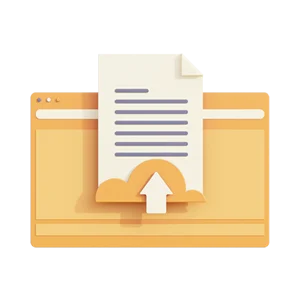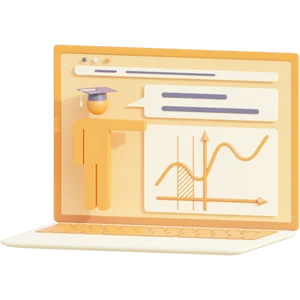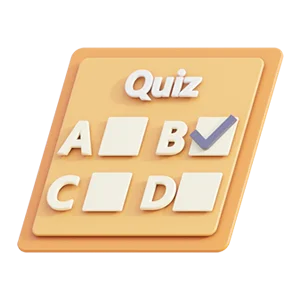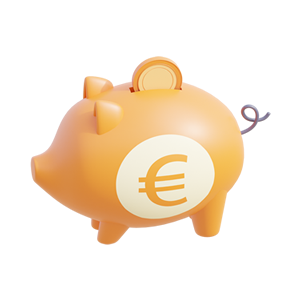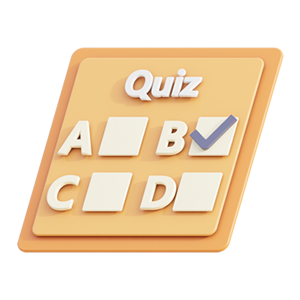Health Psychology Part 2: Biopsychological Interactions
Dit is een overzichtelijke samenvatting van het vak 'Health Psychology Part 2: Biopsychological Interactions' met alle powerpoints en zeer uitgebreide notities van tijdens alle lessen. Het vak werd gegeven in de richting Psychologie aan KULeuven in het schooljaar 2019-2020.
Eerste examenpoging: 19/20
Preview samenvatting (6 van de 210 pagina's)
Voordelen van Knoowy
€ 10,99
 Niet tevreden? Geld terug
Niet tevreden? Geld terug
 Document direct te downloaden
Document direct te downloaden
 € 0,50 korting bij betalen met saldo
€ 0,50 korting bij betalen met saldo
-
 Ontvang gratis oefenvragen bij document
Ontvang gratis oefenvragen bij document

Specificaties
- School: KU Leuven
- Opleiding: Psychologie
- Vaknaam: Health Psychology Part 2: Biopsychological Interactions
- Alle documenten voor dit vak ›
- Studiejaar: 2019-2020
Document
- Rubriek: Samenvattingen
- Bijgewerkt op: 24-05-2021
- Gemaakt op: 15-12-2020
- Type: .pdf
- Pagina's: 210
- Taal: Nederlands
Tags
Verkoper
Verdienen aan je samenvattingen?
Vakken van Psychologie - KU Leuven
Meer Psychologie ›biologie functieleer deel 1 functieleer, deel 1 gedragsneurowetenschappen deel 2 gedragstherapie gedragsverandering vanuit een gezondheidspsychologisch perspectief gezondheidspsychologie health psychology part 2: biopsychological interactions human biology inleiding tot de algemene ziekteleer inleiding tot de wijsbegeerte kwalitatieve en gemengde methoden lessen in de psychologie voor de samenleving (lips) methoden van het wetenschappelijk onderzoek, deel 1 methoden van wetenschappelijk onderzoek psychologie van individuele verschillen, deel 2: persoonlijkheid psychologische basisvaardigheden voor gesprek en begeleiding psychopathologie en psychiatrie psychopathologie en psychiatrie kinderen en jongeren, deel 2 relatie- en gezinstherapie sociale psychologie sociologie statistiek statistiek 4 wijsbegeerte
Al meer dan 146.000 tevreden studenten
-
melissadesmet
Zeer goed in gebruik en betrouwbaar. Zelf zou ik er ook samenvattingen op plaatsen.
-
Steffix
Knoowy neemt toch wel wat stress voor de examenperiode weg. De samenvattingen geven een goede houvast bij het studeren waardoor je zekerder wordt van jezelf bij het studeren. Ideaal voor wie in tijdsnood zit of gewoon een extra overzicht wil hebben van het vak.
-
MargoMoeraert
Een echte aanrader! Je vindt er heel wat nuttige samenvattingen!
-
Jill2005
De documenten zijn duidelijk en goed samengevat. Het is fijner leren dan vanuit het boek.
-
MathieuHaldermans
Bespaart héél veel opzoekwerk en stress ook zeer overzichtelijk en gebruiksvriendelijk.
-
febeh
Betrouwbare website. Ik zet er zelf ook samenvattingen op en ik koop er ook.
-
joannavoortman
Een handige site voor het aankopen van samenvattingen voor examens.
-
1ANVL
Zeker de moeite als je een groot vak op het nippertje niet helemaal rond zou krijgen.
 Actie: ontvang 10% korting bij aankoop van 3 of meer items!
Actie: ontvang 10% korting bij aankoop van 3 of meer items!
Actie: ontvang 10% korting bij aankoop van 3 of meer items!

